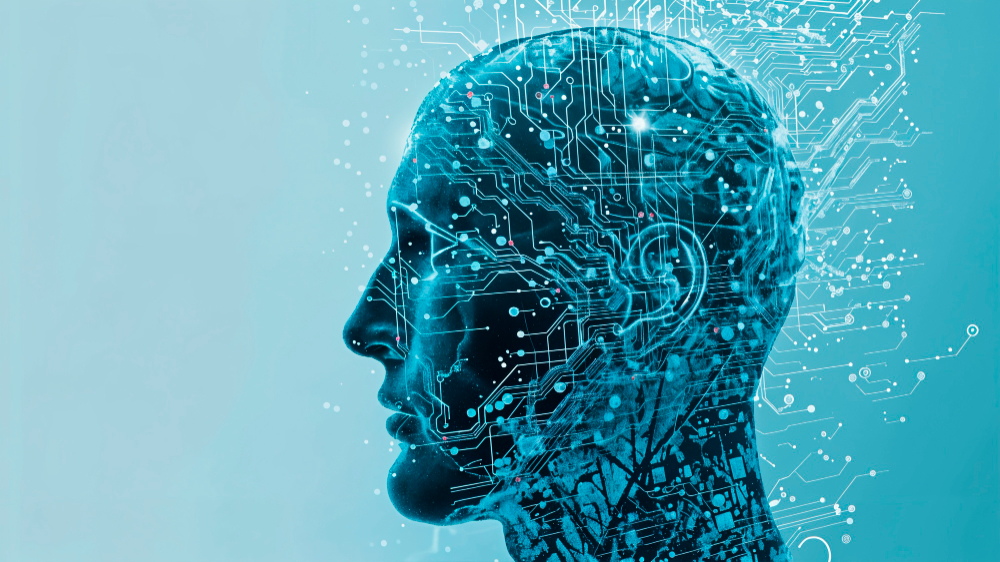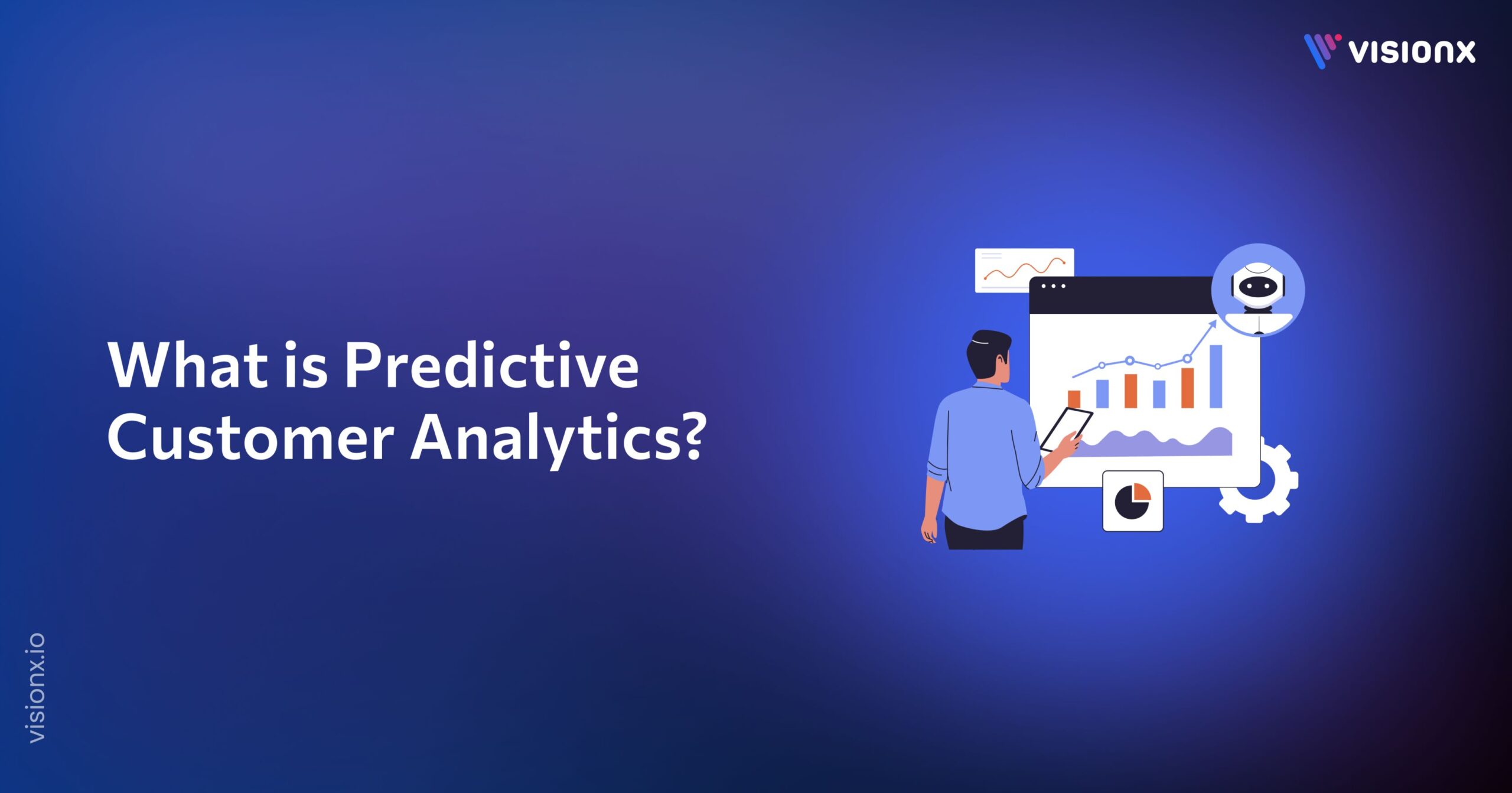Artificial Intelligence (AI) is the new giant in the world of technology. The most important part of this transformation is large language models (LLMs). These highly powerful AI tools help us understand human-like text and generate similar-quality content with reasonable outcomes. They can write stories, answer questions, and even do some coding.
But there’s a problem. Sometimes, LLMs make things up. They can give answers that sound right but are generic or completely wrong. This is called “hallucination,” and it’s a big issue. After all, we need AI we can trust.
That’s where LLM grounding comes in. Grounding is like giving these Generative AI models a firm connection to real-world facts and information. It helps them stay accurate and relevant. With grounding, LLMs can become more reliable and useful in many areas of our lives.
In this blog post, we’ll explore what LLM grounding is all about. We’ll look at how it works, why it’s important, and the challenges it faces.
What is LLM Grounding?
LLM grounding refers to the process of linking language models to real-world knowledge, contexts, and data. GPT-3 needs a lot of text data because it is based on large language models. Some of these models are very impressive at language generation but can sometimes produce idealized (and unrealistic) outputs. Grounding increases the output relevance and accuracy of AI responses, given that they are based on facts.
For example, an LLM that generates medical advice must be grounded in verified medical knowledge. Without grounding, the model might produce unreliable or even dangerous information. Therefore, grounding LLMs is essential for building AI systems that users can trust.
Techniques for LLM Grounding
Grounding large language models involves several techniques that can be applied to improve their real-world understanding and applicability. Below are some of the common methods used to ground LLMs in AI applications:
-
Data Augmentation
Data augmentation involves providing the LLM with additional, domain-specific data to ensure that it has access to the necessary knowledge. This technique is especially useful in fields where general knowledge is insufficient to generate accurate responses.
For instance, in the medicine domain, adding medical databases along with clinical guidelines and patient records would enable the model to provide even more accurate, contextually aware responses. By data augmentation, the ambiguity of error and hallucination is reduced by driving the model with comprehensive equivalent information.
-
Knowledge Graphs
Knowledge graphs are structured representations of information that capture relationships between different entities. It ground LLM outputs in facts so the model can refer to a body of factual data and relationships.
As an example, a knowledge graph in AI-powered recommendations would allow the model to learn what users like so that it can recommend products or services based not just on user interactions but also on how stated preferences fit into real-world relationships amongst other users/users/items. It makes the recommended results more relevant and useful.
-
External APIs and Real-Time Data Feeds
LLMs can also be anchored by linking them to external APIs and live data feeds. This guarantees that the information fed into AI is as current and fresh, which is crucial in extremely dynamic areas like finance, weather predictions, or news generation.
One example would be an AI solution for finance, which gives financial advice based on real-time stock market data through an API. This ensures that the recommendations of the AI are as per current market trends and hence more accurate and practical.
-
Fine-Tuning with Domain-Specific Data
Fine-tuning involves training an LLM on a smaller dataset that is specific to a particular domain or task. This technique is commonly employed to adapt text completion models designed for broader use cases toward a language model specific to an industry sector.
For example, an AI chatbot that has been made for a legal firm can train itself with the help of other documents like law books, case summaries, and contracts. This fine-tuning process really helps the model understand legal jargon and thus provides more accurate responses for a given context within that domain.
-
Prompt Engineering
Prompt engineering involves crafting prompts in a way that encourages the LLM to generate outputs grounded in the desired context. This technique can be particularly effective in guiding the model to reference relevant data and avoid hallucinations.
For example, when asking an LLM to generate a medical diagnosis, a prompt that includes the phrase “based on current medical guidelines” can help the model focus on providing information grounded in established medical knowledge.
Benefits of LLM Grounding
LLM grounding offers numerous advantages. These benefits directly impact the quality and utility of AI applications. Let’s explore some key advantages:
-
Improved Accuracy
Grounded LLMs are more accurate. They rely on verified information and real-world context. This reduces errors and hallucinations. Users can trust the outputs more confidently. Accurate AI leads to better decision-making and problem-solving.
-
Enhanced Relevance
Grounding helps LLMs provide more relevant responses. They consider user context and current events, making AI applications more useful in daily life. Users receive personalized and timely information, increasing user satisfaction and engagement.
-
Expanded Capabilities
Grounded LLMs can handle a wider range of tasks. They understand and process diverse inputs. This versatility opens up new possibilities for AI integration. From analyzing complex data to creative problem-solving, grounded LLMs are more capable.
-
Reduced Bias
Proper grounding can help mitigate biases in LLMs. By incorporating diverse and verified information sources, we can create more balanced AI systems, which in turn leads to fairer and more inclusive AI applications.
-
Improved Explainability
Grounded LLMs can often provide better explanations for their outputs. They can reference specific data sources or contextual information. This transparency builds trust with users. It also helps debug and improve AI systems.
Applications of LLM Grounding in Various Industries
The benefits of LLM grounding extend across a wide range of industries. Below, we explore how grounding improves AI applications in several key sectors:
-
Healthcare
Grounding the LLMs is crucial in healthcare use cases, as false positives can have serious consequences and AI should only recommend according to current evidence. AI models derived from medical archives, clinical guidelines, and patient data can be used to help physicians diagnose diseases, propose treatment scenarios, or follow up on patient outcomes.
For instance, you could ground an AI that is meant to help doctors diagnose diseases using actual clinical data and medical research. This makes sure that the model is based on correct, contemporary information so it can better help patients.
-
Finance
The finance industry thrives on real-time data and market analysis as they form the backbone of any decision making. For instance, the AI model should be provided financial data sources from a company such as stock prices and information regarding interest rates or economic indicators, as these are fundamental to predicting what investments might prove profitable in the future.
Take, for example, an automated financial advisor that primarily focuses on relevant market trends and historical financial statistics, giving users clarity that can decrease the possibility of a monetary downfall.
-
Legal
In the legal industry, LLM grounding allows AI systems to provide more accurate and relevant legal advice. AI-powered tools can help lawyers in legal research, drafting documents, and analyzing case outcomes by grounding models on the basis of existing legal statutes, case law, and other legal documents.
An AI legal assistant can, for example, be based on a database of legal cases and precedents, allowing it to predict the possibility that a case will end up a certain way using similar past cases.
-
Customer Service
Customer service applications rely on AI systems to provide accurate and relevant responses to user inquiries. Grounding LLMs in customer service data, product knowledge bases, and user interaction history allows AI-powered chatbots and virtual assistants to deliver more personalized and effective customer support.
For example, a customer service chatbot grounded in a company’s product database can provide accurate troubleshooting advice and product recommendations, enhancing the user experience.
-
Education
In the education sector, AI applications can be grounded in academic content, curricula, and learning materials to assist students and teachers in the learning process. Grounded AI models can provide personalized learning experiences, recommend study materials, and offer explanations that are based on verified educational content.
For instance, an AI-powered tutoring system grounded in a student’s curriculum and performance data can offer personalized learning recommendations, helping the student achieve better academic outcomes.
Challenges in LLM Grounding
While LLM grounding offers many benefits, it also presents significant challenges that must be addressed for effective AI application development.
The first key challenges are to guarantee the quality and reliability of data, then how should we balance buffer time with rolling records constantly overwriting existing ones while meeting low-latency processing requirements; also, there is a challenge related to privacy, sharing it at the right granularity by discretion; scaling base systems grow immensely, which requires upgrading underlying algorithm frameworks, etc.
Low-quality data can lead to misinformation, perpetuate existing biases, and yield inconsistent outputs, so maintaining high-quality (reliable) sources matters a great deal. It creates technical riddles in terms of processing efficiency, speed, and infrastructure robustness. Privacy concerns arise when incorporating user context, requiring strong data protection measures and compliance with regulations.
As AI applications grow, scaling grounding systems becomes increasingly complex, involving the management of large knowledge bases and the processing of high volumes of real-time data. Finally, integrating multiple grounding methods requires sophisticated algorithms, careful system design, and extensive testing to ensure different techniques work harmoniously.
Future Directions in LLM Grounding
The field of LLM grounding is rapidly evolving, with new techniques and approaches constantly emerging. Exciting future directions include the use of federated learning for privacy-preserving grounding, the development of adaptive grounding systems, improved multi-modal integration, the creation of ethical grounding frameworks, and the potential application of quantum computing to enhance grounding capabilities.
Federated learning could revolutionize user context grounding by allowing LLMs to learn from user data without centralizing it, enhancing privacy protection. Adaptive grounding systems might dynamically adjust their methods based on specific tasks, available data sources, and user needs, improving flexibility and performance across diverse scenarios.
Computer vision and audio processing continue to improve, too, which will probably result in better multi-modal grounding and more generalized speech-based AI interactions that are less unlike human-human conversation. These frameworks will be imperative for establishing ethical groundwork in AI, especially if the technology is to become increasingly permeable.
At this end of the spectrum, quantum computing is in its infancy as an architecture but shows enormous possibilities for boosting AI capabilities by processing more complex data faster and representing knowledge in new ways.
Conclusion
LLM grounding is transforming AI applications, making them more accurate, relevant, and useful across various domains. From healthcare to education, finance to customer service, grounded LLMs are making a significant impact by helping us make better decisions, learn more effectively, and interact more naturally with technology.
There are also new techniques in the pipeline, such as federated learning and quantum computing, that could take these data-driven models even further. In the future, ethical issues must be settled with grounded AI.
Grounded AI systems assume entities are fair and balanced while also being respectful toward private life. It’s not just about making AI smarter; it’s how we ground LLMs to create more trustworthy and useful systems, but ultimately human-centric. While we are progressing AI technology, the future of human-AI interaction and more natural integration of AI in our daily lives looms on the horizon.


